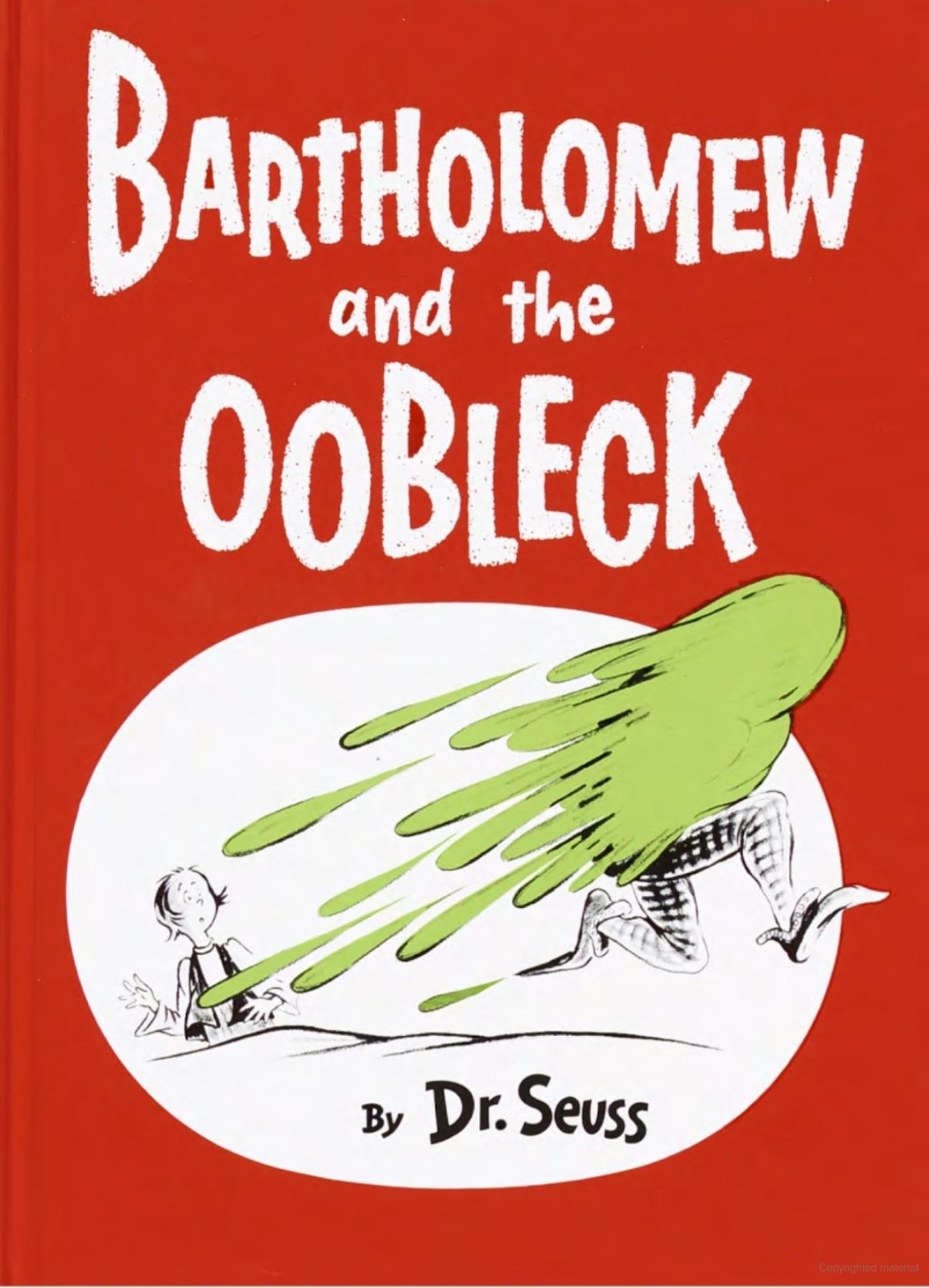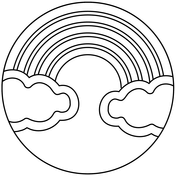Hello my friends of the Omschool! I'm Teacher Omi and I love sharing fun, hands-on lesson plans with you! Whether you are a teacher in a traditional school, a homeschool parent or a kid, these activities offer something for everyone! Today, November 1, with Halloween and Trick-or-Treat done, I turn my focus to fall, harvest and changing of the seasons.
A popular autumn lesson plan is to make a leaf identification booklet. Here are free printable tree identification charts to print and use to make your leaf booklets. There are also free printable seed, nut and berry guides, twig identification charts and flowers and catkin (the little dangly bits that contain seeds) identification charts. Thank you goes to Woodland Trust. You'll need to click the link to download and then open and print. Here are more leaf and tree identification printables from the University of Wisconsin.
I remember in 4th grade, we made a book of leaf rubbings which we labeled. To make leaf rubbings, collect an assortment of leaves from your neighborhood. Place a piece of paper over fresh leaves and gently color the page. Leaf images will magically appear! You can put two or three on each page and label them with the correct name. Bonus points if you can find their Latin name (Latin is the language of the sciences).
Create a cover for your booklet with recycled brown paper bags. Cut so that it wraps the book with a little left over. Collate the book by aligning pages and using a three-hole punch. Then tie them with twine or yarn to give a rustic look.
For the youngers, let's print fall leaf patterns from First Palette. This is a superb site for free printable lesson plans. It's been around as long as this blog which is going into the 17th year! First Palette has provided countless quality lesson plans which I've been pleased to share.
Treehugger has free printable leaf patterns for tree and leaf identification from common trees around the US, Canada and Mexico. These are textbook-quality, beautifully detailed leaf coloring pages taken from naturalist Charles Sprague Sargent's leaf plate illustrations. Each page features a different leaf with its corresponding tree, berry, nut and foliage. These printable illustrations include cut-away drawings and other helpful identification data, plus the Latin classification for genus and species of the tree. Gutenberg provides the full size images from Sargent's book Manual of Trees of North America.
The website gives the leaf and tree names in their American variation. Use these public domain free printables for taxonomy lessons. Explore KPCOFGS (Kingdom, Phylum, Class, Order, Family Genus and Species) as developed by zoologist Carolus Linnaeus.
ArborDay offers comprehensive lesson plans on trees. with several printable nature science resources and online tree and leaf identification activities. Follow the links for different information about conifers, deciduous trees, hardwoods, and other assorted trees from different biomes and habitats. Don't miss these free printable forest map activities showing location and region of different types of trees. Scroll down to find the region and tree type you are looking for. Here's a free printable tree and leaf matching game. Print as coloring pages of leaves. Here are websites with free printable fall leaf patterns for autumn crafts. Here are free printable leaf stencils for decorations and children's activities
. And then, in 5th grade, my best friend Heather and I pressed leaves in waxed paper to preserve them.
Parents, homeschoolers and teachers, make flashcards with these tree and leaf patterns. Use in hands-on Montessori style games for nature science study. Make tree and leaf books. Assign students to collect leaves, press them or make leaf rubbings. Students should label leaves and trees using identification diagrams.














